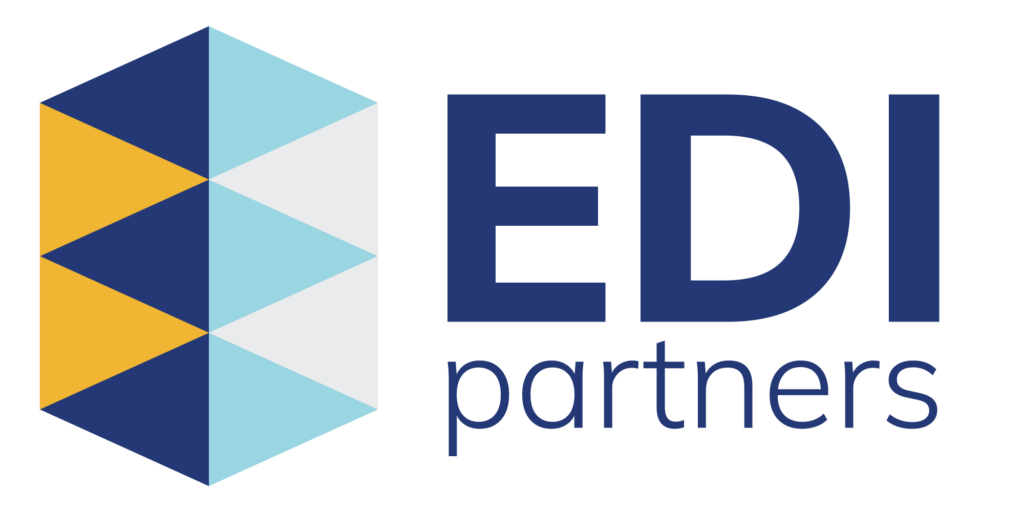Here are some resources, news, and tips from EDI Partners that might help.

Welcome to the EDI Partners blog, where you’ll find a wealth of knowledge and insights on Electronic Data Interchange (EDI). Our experts are dedicated to providing you with industry-specific content to empower your business. In our articles, we aim to share our deep expertise, answer your questions about electronic data interchange, and help you grasp the full potential of what we can do for your organization.

How New U.S. Tariffs Are Reshaping EDI: What Every Business Should Know
The U.S. government has introduced a fresh wave of tariffs targeting key industries like semiconductors, electric vehicles, solar panels and batteries, especially those imported from China. These changes aren’t just a concern for your legal or finance department. They affect how your business sends and receives information through EDI (Electronic Data Interchange). That’s why now is the time to bring

New to EDI? – Here is where to start
When trading partners signal the need for Electronic Data Interchange, businesses stand at a crossroads of opportunity and challenge. Here’s a succinct roadmap for navigating this transition if you are new to EDI. Steps 1- 8 Assess the Landscape: Understand why EDI is being requested. Is it to streamline operations, improve efficiency, or meet regulatory requirements? Knowing the underlying motivations

Understanding the Exact Process of EDI Integration
Welcome to the world of understanding the exact process of EDI integration. As businesses continue to expand globally, B2B communication takes center stage, with companies relying more than ever on electronic data interchange (EDI) to ensure efficient communication with trading partners. EDI integration can transform a company’s operations, but understanding the exact process of EDI integration can be challenging. With

EDI 865 Overview: A Step-by-Step Guide
In the fast-paced world of business, efficient communication and synchronized order management are vital. Electronic data Interchange (EDI) plays a crucial role in facilitating seamless information flow between trading partners. One significant EDI transaction set is the EDI 865, known as a purchase order change acknowledgement/request. It enables sellers to promptly respond to buyer-initiated order modifications, ensuring alignment and accuracy.

Building a Scalable EDI Infrastructure: A Step-by-Step Guide
As businesses grow and expand, their operations become more complex and require efficient and reliable communication with trading partners. To achieve these goals, one way is to establish a scalable EDI infrastructure. EDI, short for Electronic Data Interchange, enables businesses to exchange standardized business documents like purchase orders, invoices, and shipment notices seamlessly between computer systems. With a scalable EDI infrastructure,
Experience Simplified Data Exchange with EDI Partners



